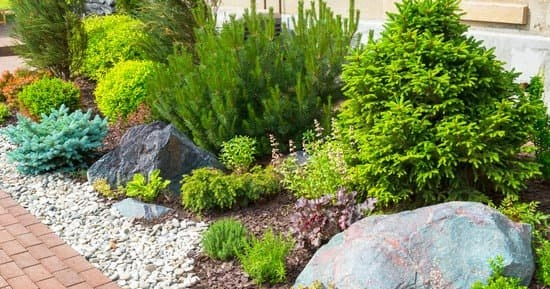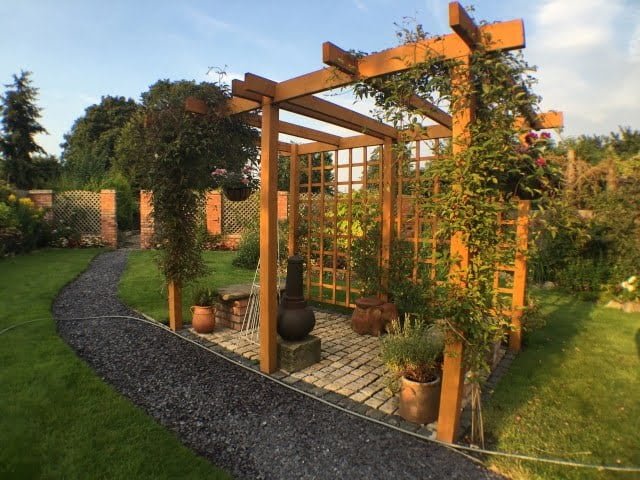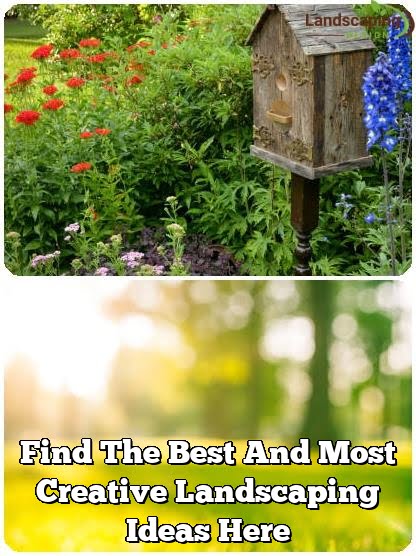Whether you are uprooting a tree or adding a gazebo, there’s plenty to learn before beginning your project. A lack of knowledge will lead to disaster, so read every word of this article and it will help you lead your landscape project in the right direction.
Re-edge any flowers and rock beds in your garden to freshen it up. Remember that curved beds are seen as more contemporary, as well as sharp corners. It’s relatively inexpensive to cut fresh edges and they will make a big difference.
There are many things to learn before beginning a landscape project. For example, you will need to know which plants work best in your climate and location. You must always consider the seasons when you landscape, as well. It’s key that you are aware of the relevant information so you have the optimal landscaping experience.
Is selling your home in your plans? Landscaping can help to draw in potential buyers, and the return on investment can be as much as 200%! Pay significant attention to the front yard in order to increase curb appeal, and also work to define an inviting outdoor space in the rear yard.
Which plants you choose can impact the success of your landscaping project. You don’t want to use plants that require a lot of sunlight in shady areas. If there is not much room for plant growth, it is not wise to place a tree in that location. Take the time to ensure your plants can thrive in their new home.
If you shop on the Internet, you can save some cash and have a greater selection. A number of websites offer quality products at low prices. When you are looking at landscaping products and chemicals, be sure to read customer reviews. These can be very helpful in finding high quality, satisfactory products. Make sure you compare prices between websites.
Measure out the area that you will be planting before you go to a landscaping store. This makes it much easier to determine how much of each item you actually need. By understanding your planting needs, you will purchase the correct amount of plants without overbuying.
Before you develop your landscape plan, be sure to make note of any existing structures in your yard. Look at all facets of your home, from cable and wire entry points to gutters and air conditioning units, and build them into your landscaping plan. You should always call your utility company before you dig, to avoid a costly or dangerous mistake.
Next time you mow the lawn, consider leaving the cut grass where it falls. Clippings will help your lawn retain moisture easier, and they also help provide important nutrients your lawn needs as the clippings break down.
Sometimes you can use a less expensive option for the same results. You do want to purchase quality tools that won’t break easily, but inexpensive items like compost & decor can work just as well as higher priced versions of the same. Check your plants over carefully. If a plant is particularly inexpensive, the seller may not have taken care of it properly.
When choosing plants, select options which look good in every season. What this entails is that the plants you have should be able to blossom in both spring and summer. Also, you could add in pine trees to make your yard green in the winter. The key to a year-round landscape is to research plants.
Prior to undertaking any landscape project, estimate the costs. Make a complete list of every item that you may need. Then decide where you will buy your materials from. Remember, the costs of these items may differ quite a bit from area to area. Find out how you can acquire quality materials for lower prices.
If landscaping on a budget is what you’re considering then remember that the entire project can be broken down into segments. Break your process into steps according to seasons and the right timing for each part of the project. This is really a help when trying to finance your project. Make a list of everything that you want to accomplish, and pick the ones you desire the most to finish first.
Keep in mind that some landscaping measures can have a negative impact on your land and your house. If you are careless, you may find that the roots from your plants could interfere with any underground piping you have. Take all of the possibilities into consideration before implementing a landscaping plan.
Remember your climate when you begin to landscape your home. Plants that are not in the appropriate climate zone will not produce the results you desire. Your choices when it comes to plants should be fully based on the weather in your area.
Be sure to consider what type of soil is on your property before you begin any landscaping project. Some plants might not grow well in a certain type of soil. If you see that some plants aren’t growing, consider changing soil; you might also consider wood chips or mulch.
When using large plants, remember these plants will create shade. This can be helpful when trying to protect your patio or house from the sun during the summer months. Be certain to not put small plants in shadows.
Haste is not an option. Most people get a garden with their home and it’s kind of tempting for them to tear it out and start again. However, it is wise to delay any decisions for an entire season, in order to assess which plants might be worth keeping. Plants change all through the year so what looks great during the warmer months may not look so good in winter.
If you wish to sell a home, then it’s important to improve the landscaping so that the home appeals to potential buyers. More potential buyers will be attracted to your home if you lawn is green, if you have landscape stones, or if you have a birdbath.
Landscaping is similar to home renovation; knowledge, in these instances, is power. Educate yourself as much as possible so that you can come up with a solid plan that will result in a beautiful looking landscape.

Welcome to my blog about home and family. This blog is a place where I will share my thoughts, ideas, and experiences related to these important topics. I am a stay-at-home mom with two young children. I hope you enjoy reading it! and may find some helpful tips and ideas that will make your home and family life even better!





